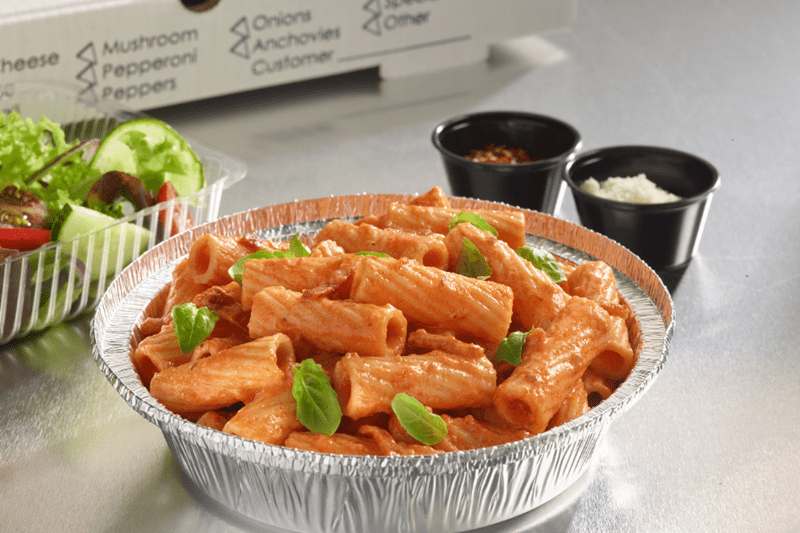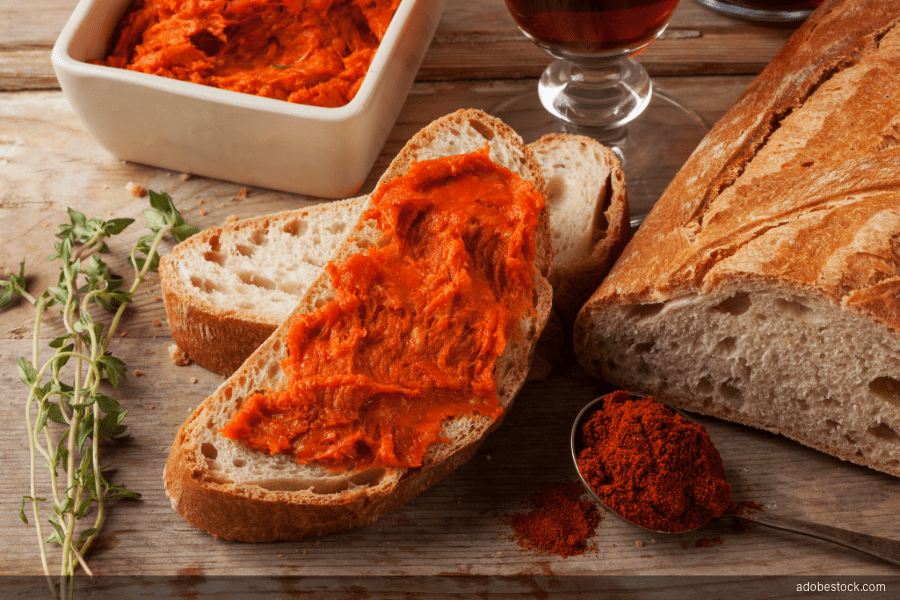


Fermentation itself is essential to the efficiency of our pizza dough. The results of fermentation mix to assist mellow or weaken the gluten forming proteins, leading to a completed dough that’s extra simply stretched to form, and which doesn’t possess a lot snap-back that it refuses to take care of its form. The weakening impact upon the fl our proteins can also be chargeable for growing a extra tender consuming attribute.



The primary by-product of fermentation, carbon dioxide, works to leaven the dough each earlier than and through baking. This leavening impact is what produces the specified lightness within the completed crust (which, in flip, is accountable to an awesome diploma for the crispiness and crust shade improvement of the completed crust).
Since so many good issues come from the results of fermentation, one could be inclined to suppose that extra is healthier, however that isn’t essentially the case — an excessive amount of fermentation may end up in a dough that’s excessively gassy, or so weak that it’s diffi cult to form correctly, to not point out the truth that it in all probability gained’t rise very effectively both, and bear in mind these acids which are shaped as a by-product of fermentation? In case your dough will get too acidic because of extreme fermentation, these acids will impede crust shade improvement, making it troublesome to get the specified shade on the completed crust. Then, too, there’s taste an over fermented dough can have a really robust and pronounced “fermentation” odor. Some operators have likened this odor to that of a brewery, they usually’re not too far off base, because the aromatics are each because of the by-products of yeast fermentation.
In some cases, we would see a dough that has not been given adequate fermentation. Consider an emergency dough, the place you got here in to open the shop early within the morning solely to be met by the pungent odor of fermentation — and a large number within the cooler. Now you’re confronted with the duty of cleansing up the mess, tossing out the “blown” dough, and making an emergency dough to get you thru the day. Since you’ll solely have a number of hours at most to get the emergency dough up and working, you possibly can guess that it will likely be quick on fermentation time.
Despite the fact that we double the yeast stage in our emergency dough, the flavour will nonetheless be considerably missing. Due to the shorter fermentation time, the identical stage of acids gained’t be developed, which may end up in a dough that colours extra rapidly within the oven, probably necessitating a slight discount in bake time or temperature. And lastly, because the impact of the assorted acids and enzymes from the yeast haven’t had adequate time to mellow, or soften the gluten forming proteins, the dough may really feel somewhat stiffer or stronger, and exhibit extra snap-back at forming than your common doughs. To some extent, this may be compensated for via the addition of a small quantity of L-cysteine/PZ-44 to the dough. Even at this, you’ll almost definitely discover that the dough isn’t as gentle/ ethereal as your common dough, and this may make the completed crust extra chewy and fewer crispy.
As you possibly can see, fermentation is an important facet of creating a high quality pizza/pizza crust. The primary factor to remember is that it isn’t a lot a matter of how a lot fermentation you give the dough, however reasonably how effectively you management the fermentation.
Tom Lehmann is a director on the American Institute of Baking in Manhattan, Kansas.



Fermentation itself is essential to the efficiency of our pizza dough. The results of fermentation mix to assist mellow or weaken the gluten forming proteins, leading to a completed dough that’s extra simply stretched to form, and which doesn’t possess a lot snap-back that it refuses to take care of its form. The weakening impact upon the fl our proteins can also be chargeable for growing a extra tender consuming attribute.



The primary by-product of fermentation, carbon dioxide, works to leaven the dough each earlier than and through baking. This leavening impact is what produces the specified lightness within the completed crust (which, in flip, is accountable to an awesome diploma for the crispiness and crust shade improvement of the completed crust).
Since so many good issues come from the results of fermentation, one could be inclined to suppose that extra is healthier, however that isn’t essentially the case — an excessive amount of fermentation may end up in a dough that’s excessively gassy, or so weak that it’s diffi cult to form correctly, to not point out the truth that it in all probability gained’t rise very effectively both, and bear in mind these acids which are shaped as a by-product of fermentation? In case your dough will get too acidic because of extreme fermentation, these acids will impede crust shade improvement, making it troublesome to get the specified shade on the completed crust. Then, too, there’s taste an over fermented dough can have a really robust and pronounced “fermentation” odor. Some operators have likened this odor to that of a brewery, they usually’re not too far off base, because the aromatics are each because of the by-products of yeast fermentation.
In some cases, we would see a dough that has not been given adequate fermentation. Consider an emergency dough, the place you got here in to open the shop early within the morning solely to be met by the pungent odor of fermentation — and a large number within the cooler. Now you’re confronted with the duty of cleansing up the mess, tossing out the “blown” dough, and making an emergency dough to get you thru the day. Since you’ll solely have a number of hours at most to get the emergency dough up and working, you possibly can guess that it will likely be quick on fermentation time.
Despite the fact that we double the yeast stage in our emergency dough, the flavour will nonetheless be considerably missing. Due to the shorter fermentation time, the identical stage of acids gained’t be developed, which may end up in a dough that colours extra rapidly within the oven, probably necessitating a slight discount in bake time or temperature. And lastly, because the impact of the assorted acids and enzymes from the yeast haven’t had adequate time to mellow, or soften the gluten forming proteins, the dough may really feel somewhat stiffer or stronger, and exhibit extra snap-back at forming than your common doughs. To some extent, this may be compensated for via the addition of a small quantity of L-cysteine/PZ-44 to the dough. Even at this, you’ll almost definitely discover that the dough isn’t as gentle/ ethereal as your common dough, and this may make the completed crust extra chewy and fewer crispy.
As you possibly can see, fermentation is an important facet of creating a high quality pizza/pizza crust. The primary factor to remember is that it isn’t a lot a matter of how a lot fermentation you give the dough, however reasonably how effectively you management the fermentation.
Tom Lehmann is a director on the American Institute of Baking in Manhattan, Kansas.










